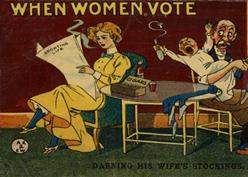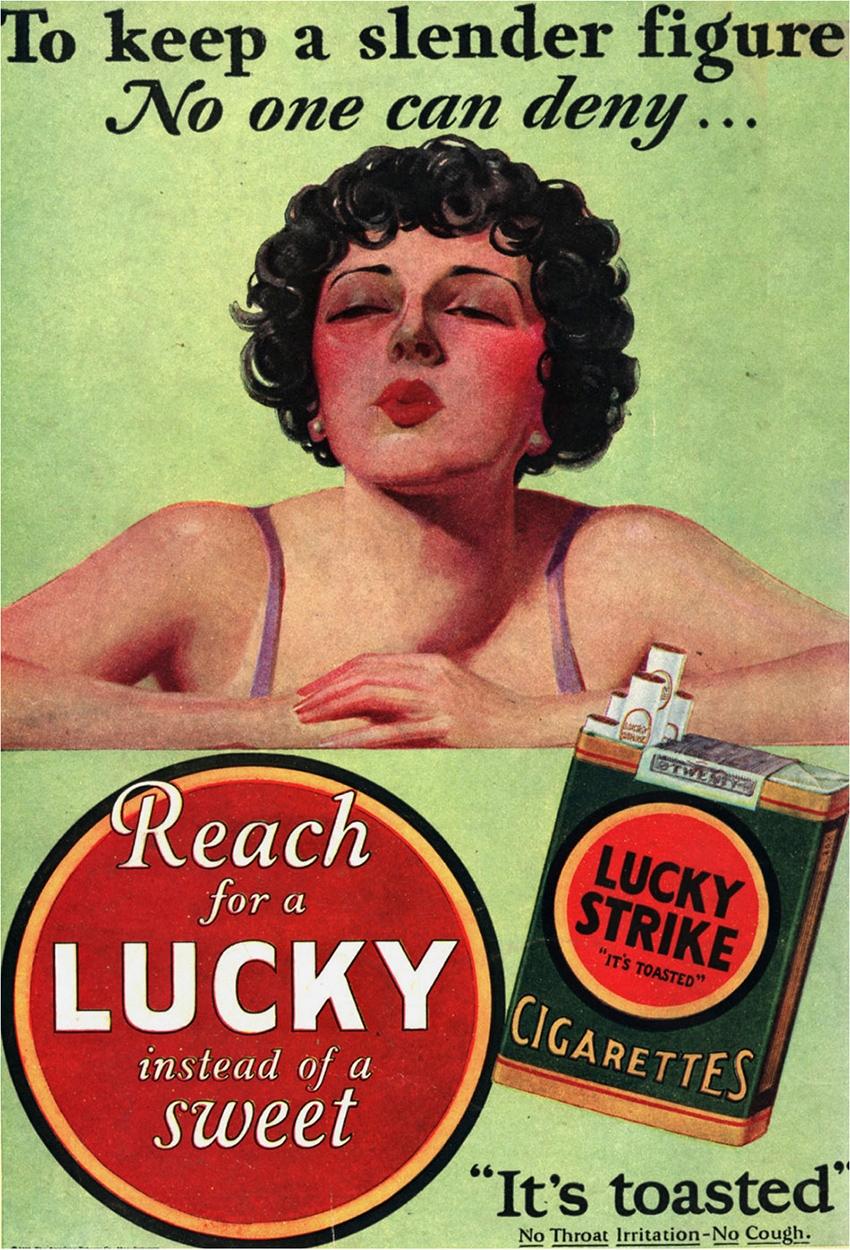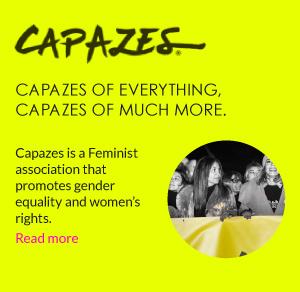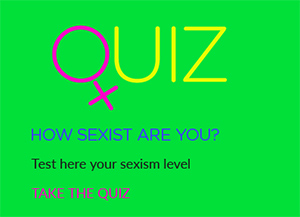A group of women smoking cigarettes as a gesture of freedom made headlines in the New York Times on April 1, 1929.
 Bertha Hunt, on Easter Sunday, was walking by New York when she decided to light up a Lucky Strike. At a time when women were banned for smoking in public, their gesture was captured and quickly influenced other young women who followed and lit their “torches of freedom”.
Bertha Hunt, on Easter Sunday, was walking by New York when she decided to light up a Lucky Strike. At a time when women were banned for smoking in public, their gesture was captured and quickly influenced other young women who followed and lit their “torches of freedom”.
“I hope that we have started something and that these torches for freedom […] will smash the discriminatory taboo on cigarettes”, said Bertha Hunt to New York Evening World.
The spontaneous protest in favour of gender equality was in fact an operation prepared by the father of Public Relations, Edward Bernays.
Bernays linked tobacco to the feminist movement to promote increased sales of cigarettes to female audience - Smoking was a form of liberation and association with women's emancipation. A habit that was dissected in the Media.
 The phenomenon had such an impact that ten years later, LIFE published an article that taught the female audience how to smoke. A taboo of several decades that seemed to begin to dissipate, but only ended in late 1920’s, after the consecration of the right to vote, in the 19th Amendment. At this stage, smoking was seen as the lesser of two evils.
The phenomenon had such an impact that ten years later, LIFE published an article that taught the female audience how to smoke. A taboo of several decades that seemed to begin to dissipate, but only ended in late 1920’s, after the consecration of the right to vote, in the 19th Amendment. At this stage, smoking was seen as the lesser of two evils.
 “If it were a question between their smoking and their voting, and they would promise to stay at home and smoke, I would say let them smoke” Joseph Bailey, Texas Senator, 1918
“If it were a question between their smoking and their voting, and they would promise to stay at home and smoke, I would say let them smoke” Joseph Bailey, Texas Senator, 1918
 After the disappearance of the taboo associated with tobacco, publicity turned to the female desire to maintain a fit body, which was founded on the need to please men. A “long road”, that would take several decades to be travelled.
After the disappearance of the taboo associated with tobacco, publicity turned to the female desire to maintain a fit body, which was founded on the need to please men. A “long road”, that would take several decades to be travelled.




